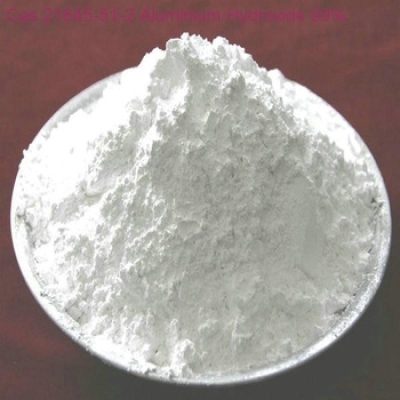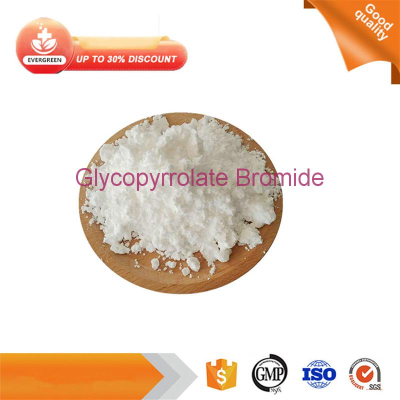Female, abdominal pain, bloating, defecation reduced by 10 days, with fever 4 days, please diagnose!
-
Last Update: 2020-07-29
-
Source: Internet
-
Author: User
Search more information of high quality chemicals, good prices and reliable suppliers, visit
www.echemi.com
!---- department of the digestive department of the "basic information" patients, female, 72-year-old "main complaint" abdominal pain, bloating, defecation reduced by 10 days, with fever 4 days "current medical history" patients 10 days ago no obvious trigger for defecation, exhaust reduction, stool is still forming, no pus, blood, with left lower abdominal pain, sepsis, no radiation pain and metastliology4 days ago to visit my hospital surgical emergency, check the blood routine: WBC 15,000 neutrophils 82.7%, to oral phosphomycin ambutanol loose 3g Qd, cephalosporine 200g Bid, rehydration treatment, patients conscious abdominal pain, suffocation slightly reduced, into water-like stoolThat night appeared fever, the highest 39 degrees C, self-administered "anti-fever medicine" (specific ally unknown), the next day the temperature can be reduced to about 37.5 degrees CImage image: How to diagnose the venous vetime phase of the flat-sweeping arterial period venous period pervesination period persage vein delay period of the flat-sweeping arterial periodComment: Flat sweep shows the left lower abdominal mass block soft tissue density shadow, boundary irregularity, uneven density, peripheral CT value of about 30Hu, center area CT value of about 22Hu, the lesion boundary is clear, with the abdominal muscle demarcation is not clear, around the associated with a mild fat density increaseEnhanced scans showed that the lesions were closely related to the intestinal tubes of the lower left abdomen, and the reconstructed venous image sapathic and coronary positions were visible in the non-line membrane edge of the small intestine, the adjacent small intestine wall thickened and the retina thickenedThe peripheral part of the lesions was significantly strengthened, and the central slightly lower density area was not significantly strengthenedResults: (small intestine swelling) intestinal tube a section, can be seen a synapse protruding pulp membrane surface, size 7x6.5x5cm, cut gray gray ish, solid, qualitative, necrosis, intestinal wall mucosa smoothPathological diagnosis: (small intestine swelling) and other delivery (intestinal lipid sagging): gastrointestinal mesolyma (high risk), shuttle cell type, size 7x6.5x5cm, located under the mucous membrane muscle, inherent muscle layer and slurry membrane, polyseontic, ambiguous, associated necrosis, cell apparent, no clear coronary tumor and nerve aggression, small intestine side of the tumorTumors (0/10) were not seen in the intestinal lymph nodesGastroenteromelioma (GASTROintestinal stromal tumors, GIST) is the most common primary inter-leaf-derived tumor in the digestive tract and is often misdiagnosed as smooth muscle tumor and neurogenic tumorCan occur from the esophagus to the rectum of the digestive tract in any part, of which 60% to 70% occur in the stomach, 20% to 30% occur in the small intestineThose who occur outside the gastrointestinal tract (e.gretina, intestinal membranes, after peritoneium) are called gastrointestinal interstitial methomas (extra-gastrointestinal stromal tumor, EGIST)Can occur in all ages, mostly in the 50-year-old son-in-patient, the incidence rate is similar to men and womenAccording to the relationship between tumor and gastrointestinal wall, it is divided into intracavity, intracavity and gastrointestinal shapeCT performance: flat sweep: tumors are round or round, a few are irregularBenign, the diameter of the lump is more than 5cm, the density is uniform, the boundary is sharp, very little violation of adjacent organs and structure, calcification can occur; Tumors can appear high, equal, low mixed density, calcification is rareWhen tumor necrosis is associated with the gastrointestinal tract, a significant change in gas level is shownEnhanced: uniform iso-density is more uniform moderate or significantly strengthened, with intravenous period sharply displayed, this strengthening method is more common in benign GISTNecrosis, cystic variants, often showed the tumor surrounding the body partial reinforcement is obviousMalignant people, often appear ascites, liver, lung metastasis, lymphatic metastasis is rareSource: Image Garden, !-- content display ends -- !-- determine whether the login ends.
This article is an English version of an article which is originally in the Chinese language on echemi.com and is provided for information purposes only.
This website makes no representation or warranty of any kind, either expressed or implied, as to the accuracy, completeness ownership or reliability of
the article or any translations thereof. If you have any concerns or complaints relating to the article, please send an email, providing a detailed
description of the concern or complaint, to
service@echemi.com. A staff member will contact you within 5 working days. Once verified, infringing content
will be removed immediately.







